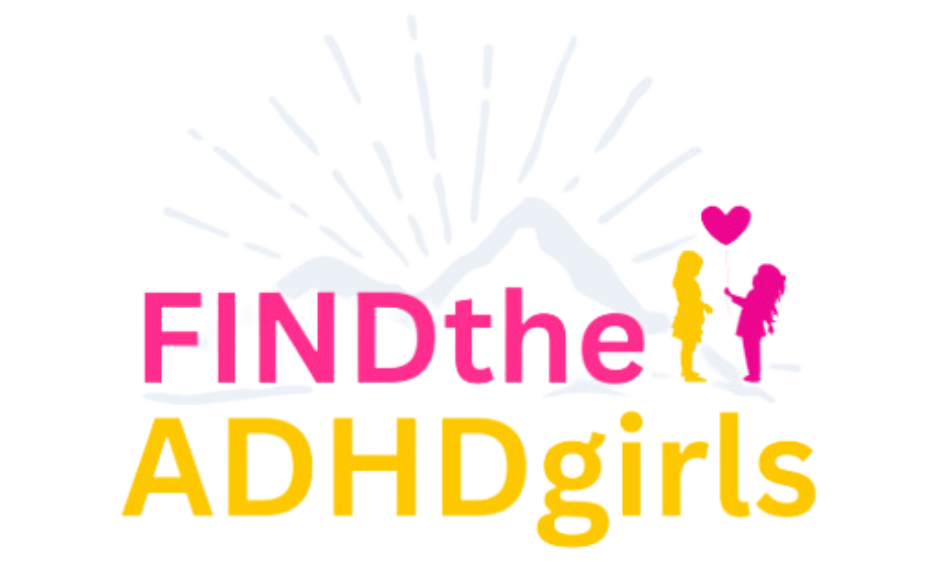
Neuroplasticity, the brain’s capacity to reorganize and adapt, is a critical factor in understanding and managing attention-deficit/hyperactivity disorder (ADHD). This multifaceted neurodevelopmental condition poses challenges in attention, impulse control, and hyperactivity, but it’s not an insurmountable hurdle. By leveraging neuroplasticity principles, along with timely intervention and medication, children with ADHD can navigate their challenges more effectively and lead fulfilling lives.
Medication, particularly stimulants like methylphenidate and amphetamines, plays a pivotal role in normalizing brain activity. These medications target neurotransmitter systems, primarily dopamine and norepinephrine, which are implicated in attention and impulse control. By restoring the balance of these neurotransmitters, stimulant medications enhance cognitive functioning and behavioral regulation, enabling children with ADHD to focus, sustain attention, and manage impulses more effectively.
Research underscores medication’s efficacy as the primary treatment for ADHD. Absent medication, children with ADHD encounter significant obstacles in learning and adopting adaptive behaviors. They may struggle academically, socially, and emotionally, resulting in frustration, diminished self-esteem, and compromised quality of life.
Early diagnosis is pivotal to harnessing heightened neuroplasticity during childhood. The brain undergoes rapid development in early childhood, characterized by extensive synaptic pruning and neural reorganization. This period of heightened plasticity presents a unique opportunity for intervention, as the brain is more receptive to learning and adapting to new
behaviors.
Comparing the ease of behavior acquisition between children and adults underscores the importance of early intervention in ADHD. With their highly plastic brains, children readily acquire new skills and habits. In contrast, adults with reduced neuroplasticity find it challenging to unlearn entrenched behaviors and adopt new ones.
By diagnosing ADHD early and initiating treatment, we capitalize on the window of opportunity afforded by neuroplasticity, enabling children to develop coping strategies and adaptive behaviors that will serve them well into adulthood.
Parents often grapple with the decision to medicate their child with ADHD, weighing perceived risks against potential benefits. While concerns about medication side effects and long-term implications are valid, they must be balanced against the harm of not medicating children with ADHD. Untreated ADHD is associated with adverse outcomes, including increased risk of academic failure, substance abuse, delinquency, and impaired social relationships.
Unfortunately, many pediatricians may not fully appreciate the long-term consequences of untreated ADHD, as their care typically extends only to adolescents. This limited perspective may influence their willingness to prescribe stimulant medications or optimize medication treatment outcomes. Research suggests suboptimal dosing is common in ADHD treatment,
with many children receiving doses below the therapeutic range.
By embracing early diagnosis and medication, we enable children with ADHD to harness their inherent neuroplasticity and cultivate adaptive behaviors that allow them to thrive.
View the interviews and read the stories of adults with ADHD who sadly weren’t diagnosed until later in life. They all wish they had been diagnosed as children, believing it would have made a big difference.
This website www.adhdevidence.org is a reliable source for valid research about ADHD.
An adult with ADHD describes how the medication affects him.
